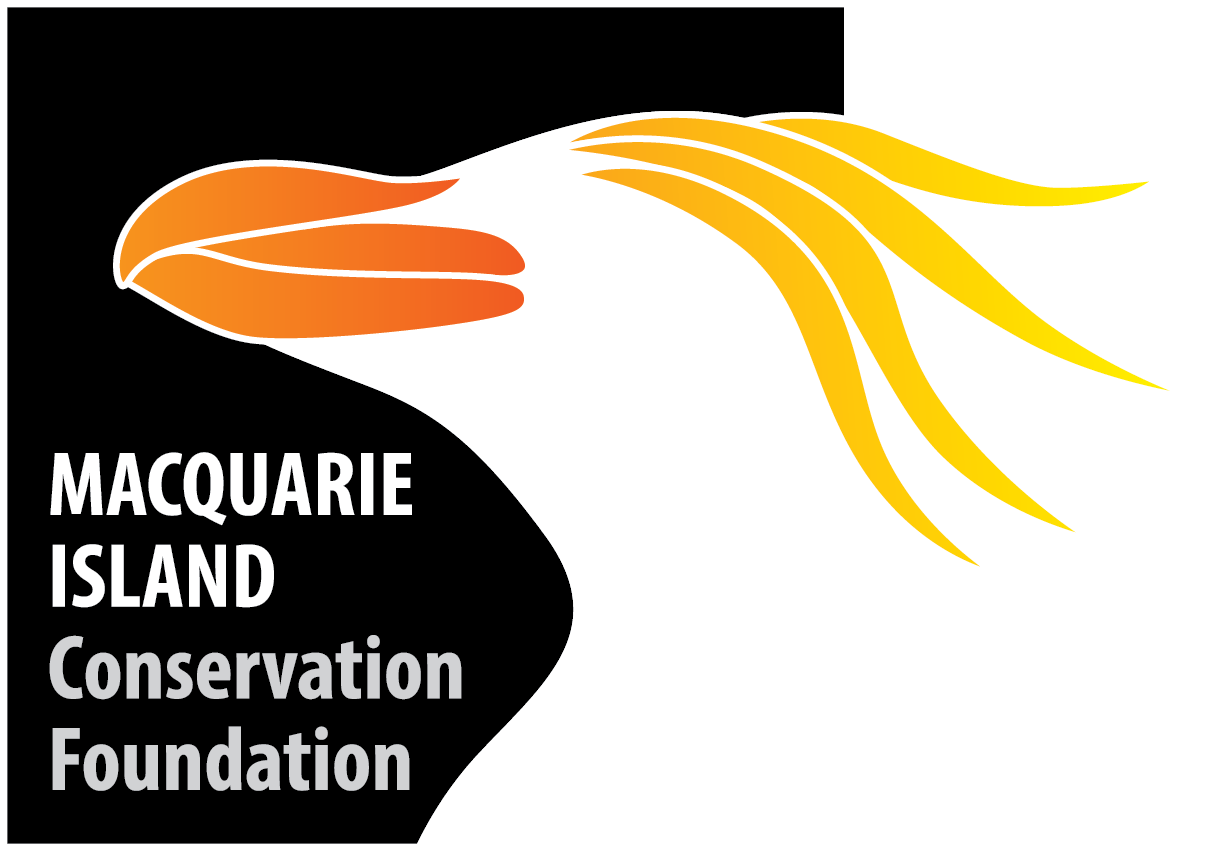
Penguins
Penguins are birds whose bodies have evolved not for flight, but for swimming and deep diving. Wings have been replaced by flippers to propel through the water, they have streamlined bodies and dense bones and their feathers are small and abundant to provide insulation. There are 17 species across the globe, with all species breeding only in the southern hemisphere, except the Galapagos Island penguin, which is found around the equator. Four species breed on Macquarie Island, one of which is endemic, breeding nowhere else in the world.
Conservation status: Not listed
Macquarie Island population: ~120,000 pairs
Approx global population: 2-3 million pairs
King Penguin (Aptenodytes patagonicus)
King penguins are the second largest penguin in the world and the largest on Macquarie Island. They are curious, social birds that breed in colonies along the east coast of the island. A single egg is laid and kept tucked on top of their foot and covered with a brood pouch, a flexible flap of skin. Egg laying is spread out with birds laying between November and February. Hatching occurs eight weeks later, the parents then alternate guarding the chick for six weeks, after which chicks form crèches for nine months. As the breeding cycle takes over a year, pairs tend to breed twice every three years.
Conservation Status: Vulnerable (EPBC)
Macquarie Island population: ~2500 breeding pairs
Approx global population: 270,000-360,000
Gentoo Penguin (Pygoscelis papua)
Gentoo are resident on the island throughout the year. They breed in small colonies in the coastal tussock, with nests made by scrapes in the ground which are lined with grass, feathers and moss to make a rounded nest bowl. Typically, two eggs are laid between September and December and chicks fledge at 14 weeks of age. Unlike most other penguins, Gentoo chicks may go for short swims prior to fledging, still getting fed several weeks after they begin to swim.
Royal Penguin (Eudyptes schlegeli)
Conservation status: Not listed
Macquarie Island population (global): ~750,000 pairs
Royal penguins only breed on Macquarie Island and neighbouring Bishop and Clerk Islets. The biggest colony holds several hundred thousand pairs and occurs at Hurd Point on the south of the island They are a migratory species, spending the winter months at sea. Royal penguin colonies can be 1-2km inland, with birds following creeks into these hillside colonies, up to 150m above sea level. Nests are rudimentary and made with dirt and stones. In October, two eggs are laid, but only one is typically incubated. Chicks form crèches form at 3-4 weeks and fledge after 10-11 weeks.
Conservation status: Not listed
Macquarie Island population: Unknown (est 40,000-100,000 pairs)
Approx global population: 3-3.5 million
Rockhopper Penguin (Eudyptes chrysocome)
Rockhopper penguins are smaller than royals with a distinct dark band under their chin. As their name suggests, they are agile on rocks, able to move around steep rocky outcrops and slopes with ease. Colonies are usually formed around boulders and on the edge of tussock and cabbage covered slopes. Colonies are often interspersed with other seabird species including shags, albatross and royal penguins. Nests are formed in the dirt with grass and moss added to the bowl. Two eggs are laid, however typically only one chick hatches. Chicks form crèches after three weeks and fledge at around 10 weeks of age.




